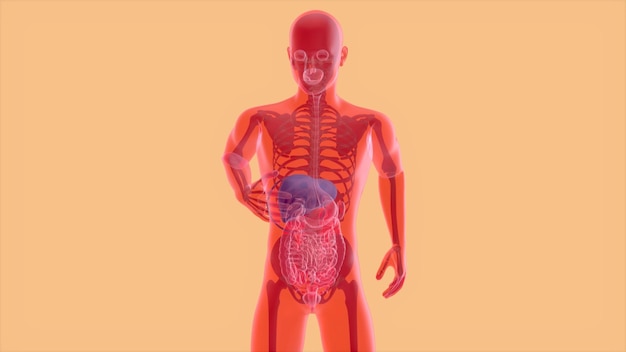
Spinal stenosis is when the space within your spine gets narrower. Normally, nerve roots, the spinal cord, and blood vessels have enough room in the spinal canal. But with spinal stenosis, these areas get squeezed, causing nerve and blood vessel compressions. This can mess with the spinal cord’s function, leading to issues like sensitivity problems, pain, and other neurological deficits.
Fixing the bone structures in this area is pretty complicated and carries a lot of risks for complications. That’s why these procedures should only be done in specialized hospitals with the right equipment. Always talk to your doctor before starting any treatment.
What symptoms you experience will depend on the form and cause of the disease. Common signs of spinal stenosis include:
However, these symptoms can also be seen in other conditions, so getting the right diagnosis from a professional is crucial. Your doctor will perform the necessary diagnostics and then recommend a treatment plan for spinal stenosis.
If you’re considering getting treatment outside the US, Germany, offered through Booking Health, might be a good option. They can help you find the best hospitals, save on additional costs that can be hefty for international patients, and guide you through the treatment process.
You can’t diagnose stenosis based just on pain because many conditions cause pain. After examining you and taking your medical history, the doctor will order more tests to pinpoint the cause and decide on the right treatment. These tests usually include MRI and CT scans of the spine, myelography, and functional X-rays.
With degenerative spinal stenosis, changes in the spinal canal will show up on an X-ray. Generally, doctors recognize four levels of severity for this disease. Since it progresses quickly, it’s best to start treatment as soon as possible to slow it down and avoid disability.
During a specialist’s exam, a series of tests will determine the extent and level of the damage. Nowadays, minimally invasive surgery is the most advanced method for treating spinal stenosis. This type of surgery involves small punctures instead of large cuts, using special equipment and systems. It’s less risky and helps you recover faster after the operation.
Neurosurgeons have been focusing on the surgical treatment of this spinal issue for many years. In Germany, there are two main treatment approaches for cervical and lumbar spinal stenosis: conservative and surgical. Initially, everyone starts with conservative treatments like bed rest, non-steroidal anti-inflammatory drugs, vitamin therapy, physiotherapy, massage, and epidural glucocorticoids.
If conservative treatment doesn’t work after six months, surgery becomes an option. The aim of surgery for cervical, thoracic, or lumbar stenosis is to relieve pressure on the nerve structures and stabilize the spinal segment. Usually, decompression eliminates nerve-related symptoms, while stabilization stops the disease from coming back and gets rid of back pain.
These two steps of the surgical process work together to improve the patient’s quality of life. The surgery involves a mix of techniques that result in excellent outcomes, enhancing the health of thousands of people each year.